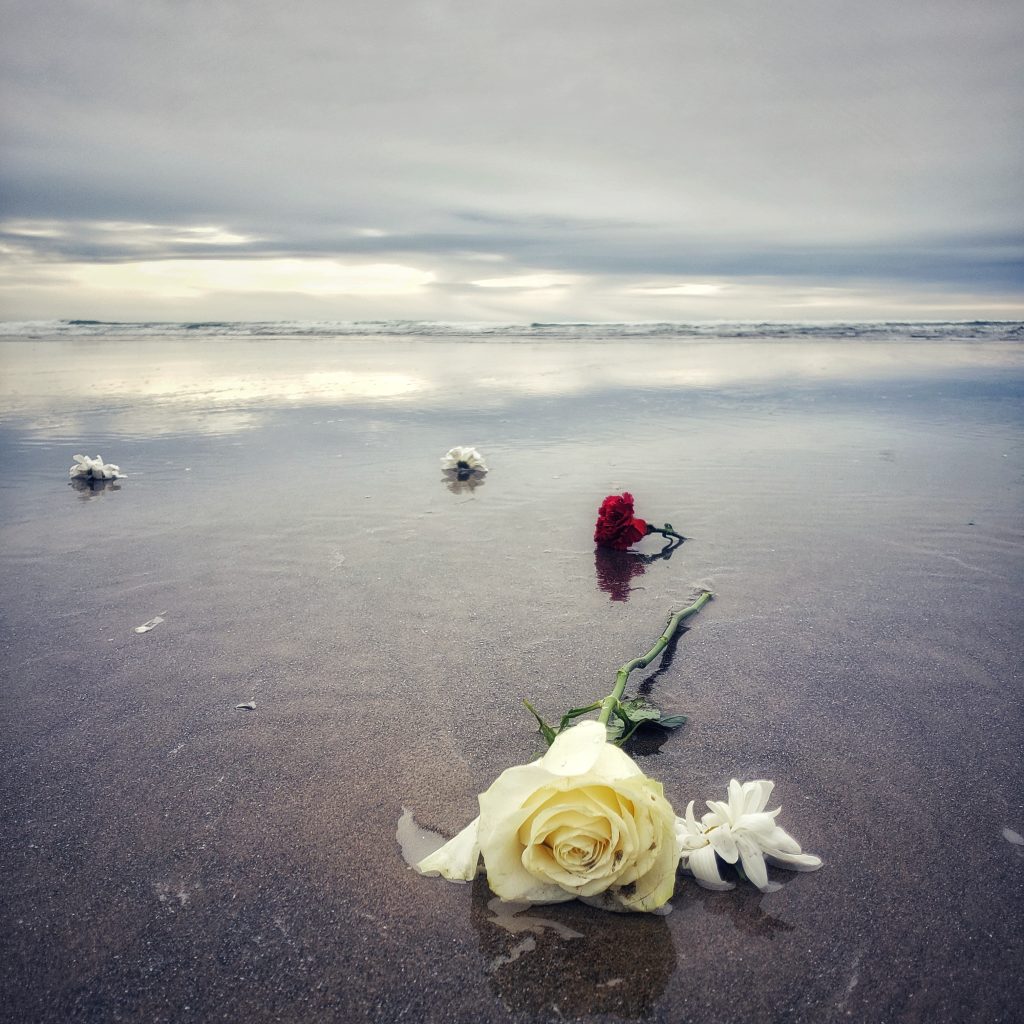Are We Really Stronger in the Broken Places?
Hey there! This post may contain affiliate links, which means I’ll receive a commission if you purchase through my link, at no extra cost to you. Please see my legal page for more details.
After I emerged from an acute grieving season, I wondered: Are we really stronger in the broken places?
To answer this question, I examined my own transformation through grief, and I considered the Kintsugi metaphor for grief and healing.
Kintsugi is an ancient Japanese tradition of repairing broken pottery with a strong, sealing bond that is mixed with gold, silver, or platinum.
In the hands of a Kintsugi artist, a broken bowl is transformed into a unique piece of art in which cracks are not disguised or discarded but, rather, strengthened and beautified to honor the bowl’s history. It is stronger in the broken places.
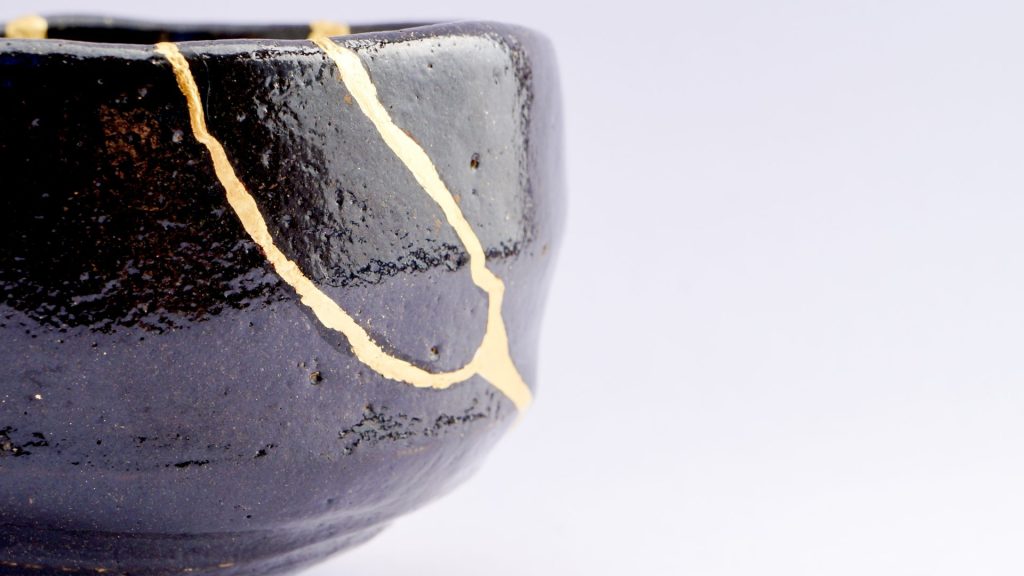
The literal translation of Kintsugi is “golden repair” or “golden joinery”.
The Kintsugi metaphor for grief
Personally, I prefer the translation “golden joinery” because this concept of joining the broken pieces of an object with a golden sealant that makes it both stronger and more beautiful is a powerful metaphor for the grieving process.
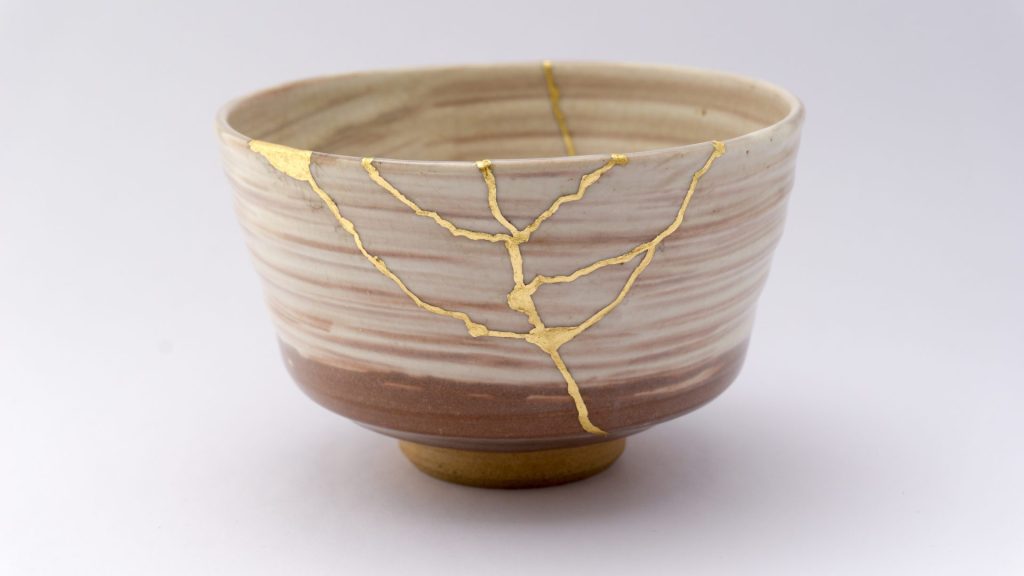
It symbolizes the way that grief strips us to our barest selves and then asks us to rebuild. It shows us the way that hurt probes our deepest consciousness and encourages us to shine light into the dark spaces. It exemplifies the way that healing our broken places allows us to emerge from darkness stronger and more beautiful.
Grief joins our broken places with our strong places; it unites our tangled past with our present. Healing beautifies those broken places and transforms us into new people with metaphorical scars that honor our history.
I love this Kintsugi metaphor, but I didn’t always feel this way about grief and heartbreak.
Learning to be stronger in the broken places
When my (now) ex-husband unexpectedly walked out our front door, he left me with nothing but a brief and unassailable explanation: “I don’t love you anymore”.
I was devastated.

But I didn’t let my grief touch me. Rather than sit with my heartbreak, I locked it away and built fortress walls around it so that it could never touch me – and so that no other human could – truly – touch me again.
I threw myself into work, dove into passionate (but loveless) relationships, and avoided anything and anyone who might remind me of my pain. I moved to a new city, found a new job, and formed a new life.
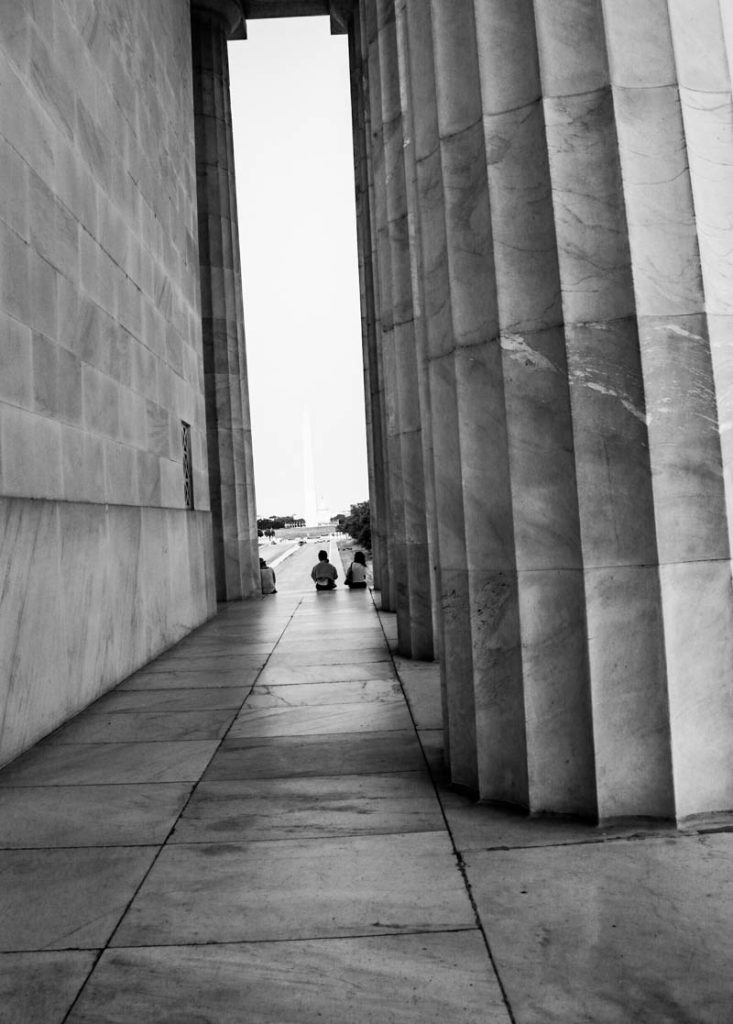
It took 10 years for me to face that grief, and I only did it because I met a beautiful man who possessed the patience to help me break down those fortress walls. It was a garrison that had to be dismantled in order for our love to survive.

I had just 296 days with that man before he died of cancer. But in those days, he taught me more about life than I had learned in 37 years. He taught me how to love and how to be loved. He changed everything.

When he died, I didn’t run from the excruciating pain. I faced my acute heartbreak. I sat with the grief waves. I lived in the ashes of our love.
I emerged stronger in the broken places.
When we are in it it’s hard to imagine being stronger in the broken places
When we are in the depths of our heartbreak, we sometimes feel as though the broken parts of us will never be repaired. The idea of emerging more beautiful from such darkness can seem out of reach. The idea of being stronger in the broken places may be deemed unimaginable.
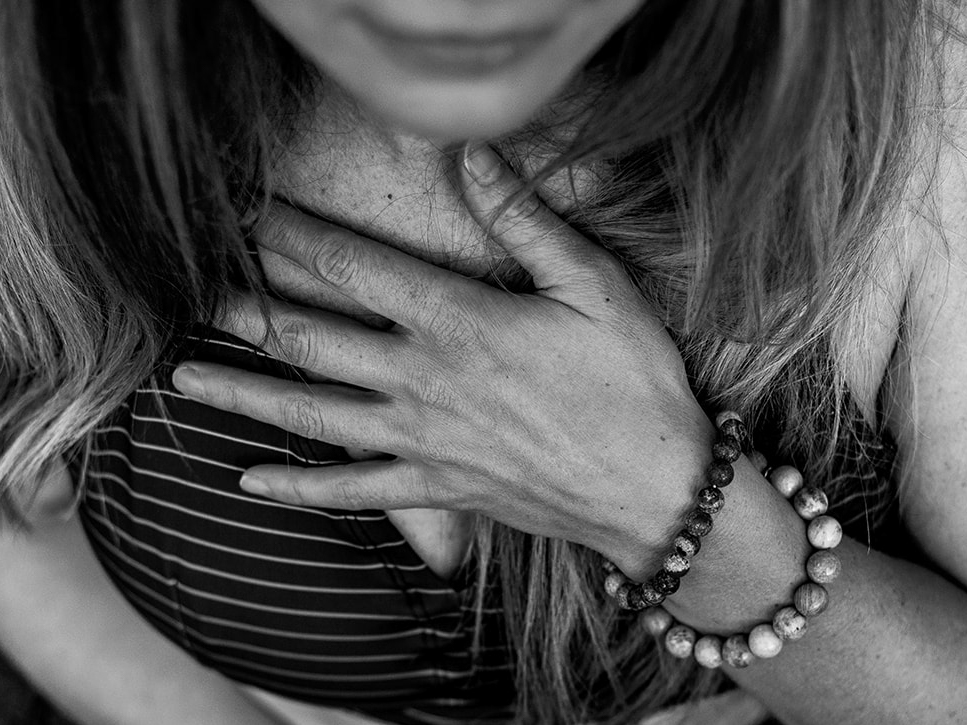
For it’s in those moments when we are most connected with the pieces of ourselves that were already broken, when we are intertwined with the sorrows of the entire planet, and when we are joined with the multi-generational heartbreak of the people who walked the Earth before us.
It’s painful. It’s deep. It’s dark. It’s all-encompassing. And it’s wildly transformational.
It takes work to emerge stronger in the broken places
Though I may like the translation of “golden joinery” better than I like the translation “golden repair,” there is no denying that repair is necessary when something breaks. There is no getting around the fact that repair requires work.
The process of repairing a piece of pottery using the tradition of Kintsugi can take three months. The broken pieces are delicately glued together using sap extracted from a lacquer tree before the transformed pottery is left alone for weeks to fully adhere – to become one again. Only then is it adorned with the strong sealant that illuminates the hard-earned cracks in gold.
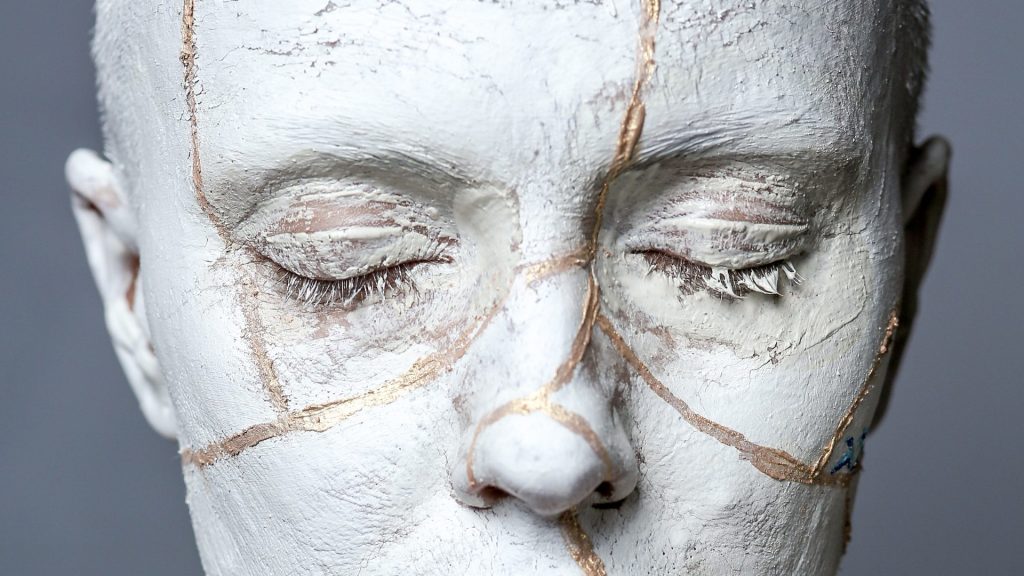
Healing is hard work.
We can avoid our grief – I have done it. But in doing so, in denying my pain, I denied myself the powerful experience of transformation.
As I absorb the lessons of this second acute grieving season, I understand that, while it takes time, we do emerge stronger in the broken places when we face our grief. Our painful experiences are never something to celebrate, but they are also never something to hide.
Like the Kintsugi metaphor for grief outlined in gold, our tangled history makes us more beautiful. Our hard-earned cracks make us stronger in the broken places.
About the Author
Hi! I’m Jen!
I’m a freelance writer and travel blogger who quit my nine-to-five after my fiancé, Jeff, died of cancer at the age of 40. When he died, I realized that life is just too short to delay our dreams. Since my dream was to travel and write, I now travel and write full-time. Today I wear hiking boots instead of heels and collect experiences instead of things.
Related posts
Resources for Grieving
01
Grief Works: An app to guide you through your grief
02
Hot Young Widows Club: Stories of love & loss on Instagram; also a book
03
Modern Loss: Essays & resources to navigate life after death
04
Good Mourning Podcast: Authentic conversations about loss
05
Soaring Spirits: Peer-based support programs for widowed men & women
06
Subscribe to my newsletter for tips on grief & post-traumatic growth




